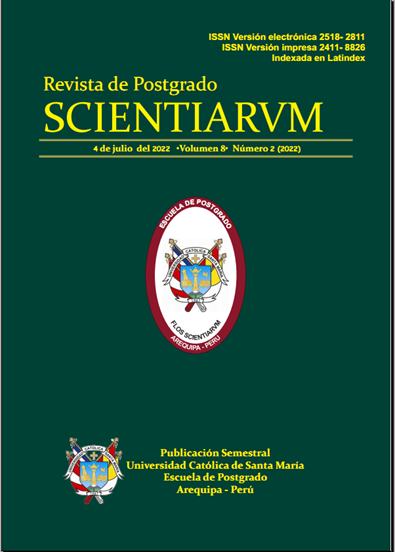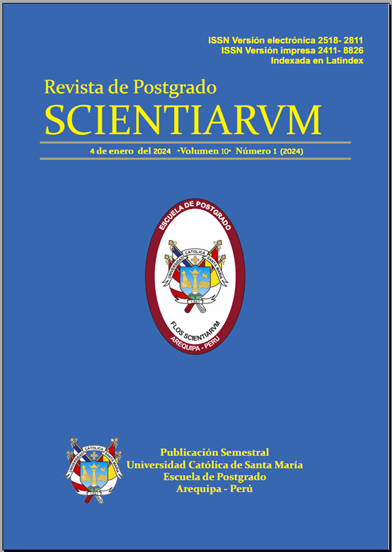TRANSPORTE DE ENERGÍA ELÉCTRICA EN CORRIENTE CONTINUA
TRANSPORTATION OF ELECTRICAL ENERGY IN DIRECT CURRENT
Víctor Gonzalo Rivera Acosta1, Mario José Valencia Salas1
(1) Universidad Católica de Santa María, Arequipa – Perú
RESÚMEN: El presente trabajo pretende explicar las ventajas de transmisión de energía eléctrica en corriente continua, frente a la transmisión de energía eléctrica en sistemas de corriente alterna, como fuente energética en el uso sustentable para las viviendas y comercial. El uso alternativo de transmisión de energía en CD es una tendencia cada vez más predominante, especialmente para reducir las pérdidas que se presentan en sistemas en alterna y la mayor potencia de transmisión. Estos sistemas permiten reducir la tensión, en comparación con los sistemas trifásicos, como puede deducirse del peso relativo de conductor para una tensión máxima dada. Los métodos para conseguir grandes potencias a tensiones elevadas en corriente continua no han progresado al mismo ritmo que los adelantos en corriente alterna, y hoy día, casi no existen sistemas comerciales de alta tensión en corriente continua. El desarrollo de las aplicaciones industriales de la electricidad que iniciaron a fines del siglo XIX, se orientó sobre dos caminos, la corriente continua y la corriente alterna, esta última en distintas frecuencias que se fueron unificando en las hoy difundidas 50 y 60 Hz. Si se analiza cual es la mejor frecuencia para la transmisión de energía eléctrica a gran distancia, se observa que 50 Hz es mejor que 60 Hz, y si intenta optimizar se llega a la conclusión que a menor frecuencia, mejor transmisión.
Palabras Claves: Sistemas trifásicos, Brillo Solar, Frecuencia, Transmisión de energía
ABSTRACT: The present work tries to explain the advantages of transmission of electrical energy in direct current, compared to the transmission of electrical energy in alternating current systems, as an energy source in the sustainable use for homes and commercial. The alternative use of DC power transmission is an increasingly predominant trend, especially to reduce the losses that occur in AC systems and the higher transmission power. These systems allow the voltage to be reduced, compared to three-phase systems, as can be deduced from the relative weight of the conductor for a given maximum voltage. Methods of achieving high power at high voltages in direct current have not progressed at the same rate as advances in alternating current, and today there are almost no commercial high-voltage direct current systems. The development of the industrial applications of electricity that began at the end of the 19th century, was oriented along two paths, direct current and alternating current, the latter in different frequencies that were unified in the today widespread 50 and 60 Hz. It is analyzed which is the best frequency for the transmission of electrical energy over long distances, it is observed that 50 Hz is better than 60 Hz, and if it tries to optimize, it is concluded that the lower the frequency, the better the transmission.
Keywords: Three-phase systems, Solar brightness, Frequency, Power transmission.
Revista Seleccionada
Julio 2022 Volumen 8 - Número 2 P 37-40
DOI: 10.26696/sci.epg.0158
Enlaces
CIENCIAS SOCIALES Y HUMANIDADES
ANÁLISIS CONCEPTUAL Y COMPARATIVO: PROYECTO, PROYECTO DE INVERSIÓN Y ACTIVIDAD
LA INNOVACIÓN PÚBLICA EN EL PERÚ
LA REVOCATORIA DE AUTORIDADES REGIONALES Y MUNICIPALES, UN DERECHO AMPUTADO
MARKETING DIGITAL COMO OPORTUNIDAD PARA MICROEMPRESAS, AREQUIPA - PERÚ, 2022
TRANSPORTE DE ENERGÍA ELÉCTRICA EN CORRIENTE CONTINUA
VIOLENCIA FAMILIAR Y DEBIDO PROCESO: ANÁLISIS DESDE LA EVOLUCIÓN EN LA LEGISLACIÓN PERUANA


